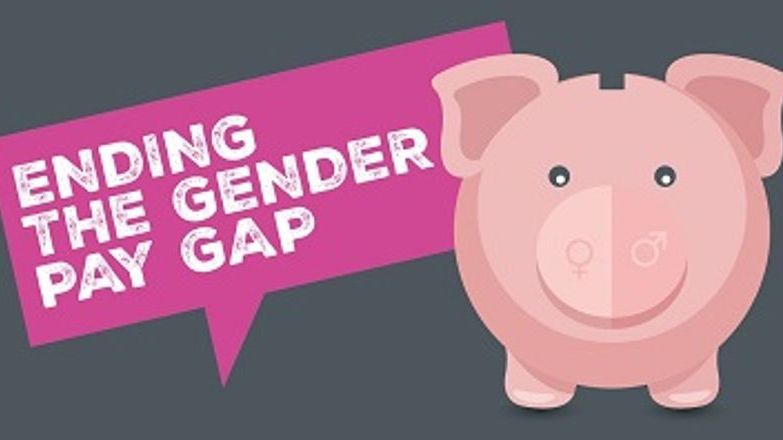Gender pay reporting legislation means employers with at least 250 employees must publish statutory calculations each year to show the size of the pay gap between their male and female employees.
The gender pay gap is the percentage difference between average hourly earnings for men and women – for example, 'women earn 17% less than men per hour'.
The gender pay gap differs from equal pay, even though they are both measures of pay disparity. The UK government describes the gender pay gap as a 'measure of the difference between men and women's average earnings across an organisation or the labour market as a whole over a period of time, regardless of role or seniority'. An employer might still have a gender pay gap even if it has an effective equal pay policy – for example, if the majority of women are employed in lower-paid jobs.
The gender pay gap regulations are designed to bring transparency, and encourage employers to examine their pay policies to ensure they are not discriminatory.
The law applies to employers in the public, private and voluntary sectors. Each year, an employer must publish:
- The 'mean' and 'median' pay gap between men and women. If you arrange all the men and women in a workforce in two separate lines in order of salary, the 'median' pay gap is the difference in salary between the woman in the middle of her line and the man in the middle of his. The 'mean' pay gap is calculated by adding up all individual employees' hourly rates of pay, and dividing by the total number of employees.
- The numbers of men and women in each 'quartile' of its payroll. To understand a 'quartile', imagine an employer listing the rates of pay for each employee from highest to lowest, then splitting that list into four equally sized groups. The employer can then work out the percentage of men and women in each of these groups.
- The percentages of staff receiving bonuses by gender, and the bonus gender pay gap.
An employer's figures must relate to the position on what the government calls a 'snapshot date'. This is March 31 for public sector organisations, or April 5 for businesses and charities.
When an employer gathers the data for gender pay gap reporting, it must count as its employees:
- People with a contract of employment.
- Workers and agency workers (those with a contract to do work or provide services).
- Some self-employed people, who must personally do the work.
Each part-time worker must be counted as one employee. So must each employee within a job-share. If two people job-share, for example, they count as two employees for gender pay gap reporting purposes.
The employer must publish its data annually on its own website and keep it there for three years. It must also upload the figures to a government portal.
The Equalities and Human Rights Commission (EHRC) enforces the reporting duty on employers. It warns:
'We have the power to take enforcement action against any employer who does not comply with their reporting duties. We will first carry out an investigation to confirm whether you are breaching the regulations. If you are, we will seek a court order requiring you to remedy the breach. Failing to comply with the court order is an offence, punishable with an unlimited fine if you are convicted. Details of any employer that we investigate will be made publicly available on our website.'
However, there is no official checking process to ensure that an employer's figures are correct. If an employer does have a pay gap, it is not required to explain why, or what action it intends to take (Law at Work 2020, p275).
ACAS says employers can provide what it calls a 'narrative' with their calculations. This should 'generally explain the reasons for the results and give details about actions that are being taken to reduce or eliminate the gender pay gap'. This narrative could:
- Explain why the results show 'challenges'. ACAS gives the example of an employer whose executives get the highest bonuses, and most of those executives are men. In these situations, ACAS advises employers to 'consider taking new or faster actions to reduce or eliminate their gender pay gaps'.
- Explain any successes. For example, the employer above could set out how it changed its bonus policy to reduce the bonus gender pay gap.
- Show plans for long-term results. For example, an employer might try to reverse the underrepresentation of women in particular roles by running a recruitment campaign to encourage women in particular to apply. While this might make the gender pay gap look higher in the short-term, because more women will be paid starting salaries, it should reduce that underrepresentation in the longer term.
Employers in Scotland and Wales must meet extra gender pay gap reporting duties on public bodies covered by the specific duties under the public sector equality duty (Law at Work 2020, p276).
The gender pay gap regulations do not operate in Northern Ireland, which has its own legislation. These regulations, contained in the Employment Act (NI) 2016, are not yet in force.

